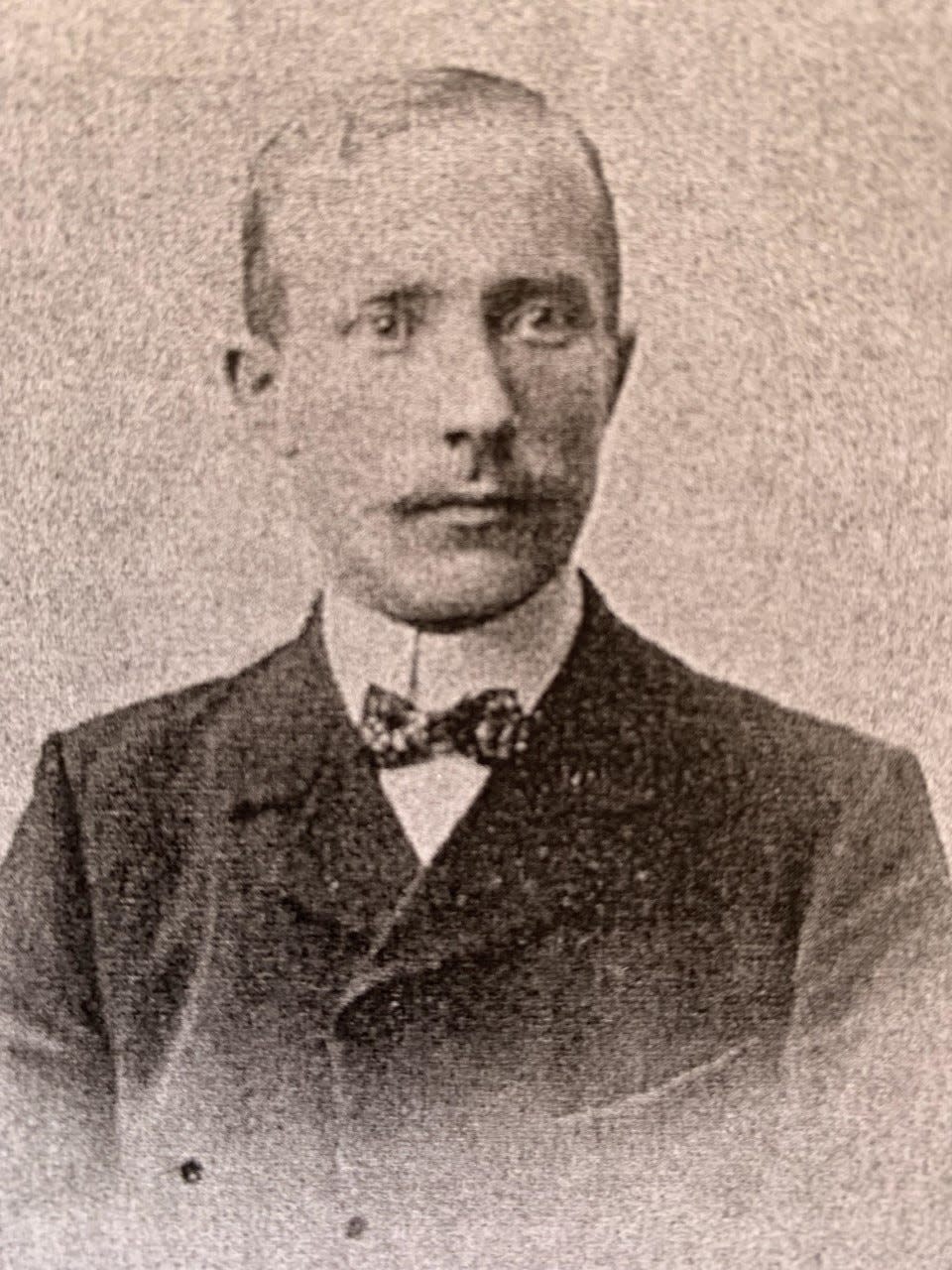Steve VanderVeen: How the Vogelzangs first arrived in Holland

Jan Vogelzang was an entrepreneur at heart, but he needed a push.
He was born in 1876 in the province of Overijssel, in the Netherlands. His family took the surname Vogelzang, or “bird song.” Eighty years before Jan was born, after Napoleon had conquered the Netherlands, he issued a decree that everyone needed a last name. Unfortunately, my ancestors took the surname “from the peat.”
But Jan’s father wasn't an ornithologist, or someone who studies birds — he was a “boer” or farmer. Jan, in contrast, preferred to be a “houtbewerker,” or woodworker.
When he was 30 years old, Jan prepared to marry Klaashje (Clara) Niehaus, or “new house.” Clara had been born in the province of Drenthe, the daughter of a builder. But Jan didn't intend to work for his father-in-law. Jan and Clara planned to emigrate to America for their honeymoon.
To save money, Jan decided to let Clara manage his money, his wisest business decision. Before the wedding, they put off buying clothes, having heard the quality of goods was better in America. But Clara’s parents rejected their austerity and honeymoon plans.
First, they wanted Jan and Clara to stay in the Netherlands. When her brother announced he would throw them a lavish wedding party, Clara’s father insisted Jan buy a new overcoat and silk top hat. Clara changed her mind about leaving the country; she convinced Jan to stay by telling him that leaving his mother for America would break her heart.
Clara’s brother found Jan a job at a carpentry shop owned by a Mr. Van Houten. He also found Jan and Clara an apartment. But after a year, in winter, the building trades went into a recession, leaving Jan without work. It was then the young couple decided to leave for America, after all. Their plan was to first live with relatives in Olive Center, a village north of Holland, before getting their own place.
In February 1907, having said their tearful goodbyes, they boarded a Holland-American liner, a steamship, in Rotterdam. On board were emigrants from Poland and Russia, as well as emigrants from the Netherlands. Some, like the Vogelzangs, were heading to Holland.

In the English Channel, they experienced their first storm. It was as if “the bottom had fallen out of the sea and the boat was drifting without any balance,” according to Jan’s account. The result was that “a mass of people [were] laying in heaps on top of one another. ... The sailors simply had to toss this mass of humanity from one place to another in order to clean the deck.”
In what would've taken one or two months 50 years earlier, the passengers sighted the Statue of Liberty in only 12 days.
Before landing in New York, an American doctor came aboard the ship to examine the passengers. Since there were so many passengers and so little time, the examination was brief. At dusk, the ship arrived in New York. The next morning, the passengers disembarked at 5 a.m.
It was then the Vogelzangs saw skyscrapers for the first time. The next day, they boarded an overcrowded smaller ship for Ellis Island. After passing through customs, they boarded a train. Their first stop was Buffalo; the second stop was Detroit. In Detroit, they waited four hours for the next train, which took them to Grand Rapids.
They arrived in Grand Rapids early on Sunday morning. From Grand Rapids, they rode the Interurban to Holland.
Surprisingly, the station manager in Holland didn't know Dutch and the Vogelzangs didn't know English. Finally, when Jan gave him a slip of paper with an address, the manager understood and tried to contact their relatives by phone in Olive Center.
Subscribe: Get all your breaking news and unlimited access to our local coverage
When he did finally reach someone, the person on the other end told him Jan’s relatives weren't available because they'd gone to church. The station manager flagged two men who were passing by who knew both Dutch and English, and they directed Jan and Clara to a house nearby.
In that house lived the Oosterbaan family. Members of the Central Avenue Christian Reformed Church, they believed their calling was to provide hospitality to immigrants.
The next morning, the Volgezang’s relatives arrived on a horse-drawn wagon.
— Community Columnist Steve VanderVeen is a resident of Holland. Contact him through start-upacademeinc.com. He'll be presenting at Herrick District Library at 7 p.m. Tuesday, April 11.
This article originally appeared on The Holland Sentinel: Holland History: How the Vogelzangs first arrived in Holland
